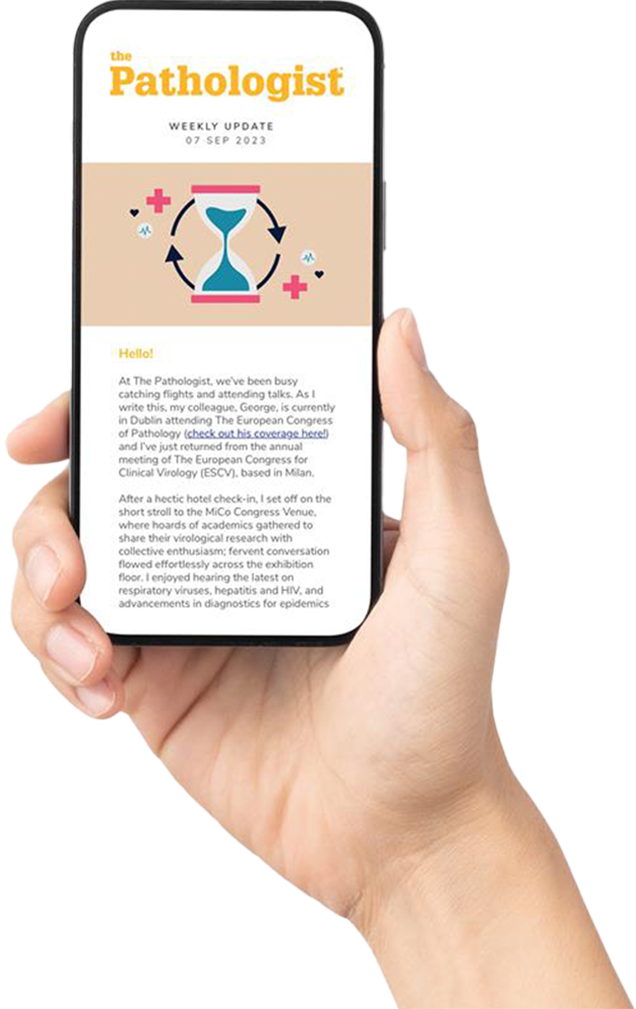Living with cardiac arrhythmia can be a lot like carrying around an (irregularly) ticking time bomb. It’s a problem that can cause sudden cardiac death – but in whom, and under what conditions? Patients who are considered most at risk receive implantable cardiac defibrillators (ICDs) to curb arrhythmia at its onset, but the current methods of determining risk have low sensitivity and specificity, meaning that some patients who need ICDs don’t get them, whereas others who don’t may undergo unnecessary surgery. Surely there’s a better way to stratify patients; that’s what Natalia Trayanova and an interdisciplinary team from Johns Hopkins University thought when they developed a “virtual heart” to model and predict cardiac behavior.

“Our goal was to develop a noninvasive, personalized risk assessment tool that has the potential to ultimately prevent sudden cardiac death and avoid unnecessary ICD implantations,” says Trayanova. Called the virtual-heart arrhythmia risk predictor (VARP), the simulated heart enables physicians to play out scenarios that manifest the heart dysfunctions of each individual patient, giving them the tools they need to make more accurate treatment decisions (1). How did they do it? “We constructed 3D computer models of each patient’s heart based on MRI scans. The models used the particular geometry of each heart, the location and geometry of damaged tissue caused by previous heart attacks, and representations of the electrical processes within and between the cardiac cells. We then delivered tiny electrical stimuli at many locations in the virtual hearts and watched how the electrical signal propagated through the tissue to see if it caused an arrhythmia,” she explains. The process may sound simple, but it wasn’t: “Almost every step of the VARP pipeline was a challenge, as this has never been done before using human scans.” But the work paid off. In addition to being noninvasive, VARP is an accurate predictor of risk – significantly more so, in fact, than the clinical tests currently in use. As a result, the research team intend to demonstrate its capability in larger prospective studies in post-infarction patients, while simultaneously extending the approach to patients with other heart conditions that result in different scarring patterns. “The virtual heart approach has the potential to radically change the process of sudden cardiac death risk assessment and patient selection for prophylactic ICD implantation. It could eliminate many unnecessary ICD implantations and associated complications, benefiting innumerable patients. It could also save the lives of patients with preserved ejection fraction, who could be at significant risk for sudden cardiac death, but are generally not targeted for ICD therapy under current clinical recommendations,” concludes Trayanova.
References
- HJ Arevalo et al., “Arrhythmia risk stratification of patients after myocardial infarction using personalized heart models”, Nat Commun, 7, 11437 (2016). PMID: 27164184.




